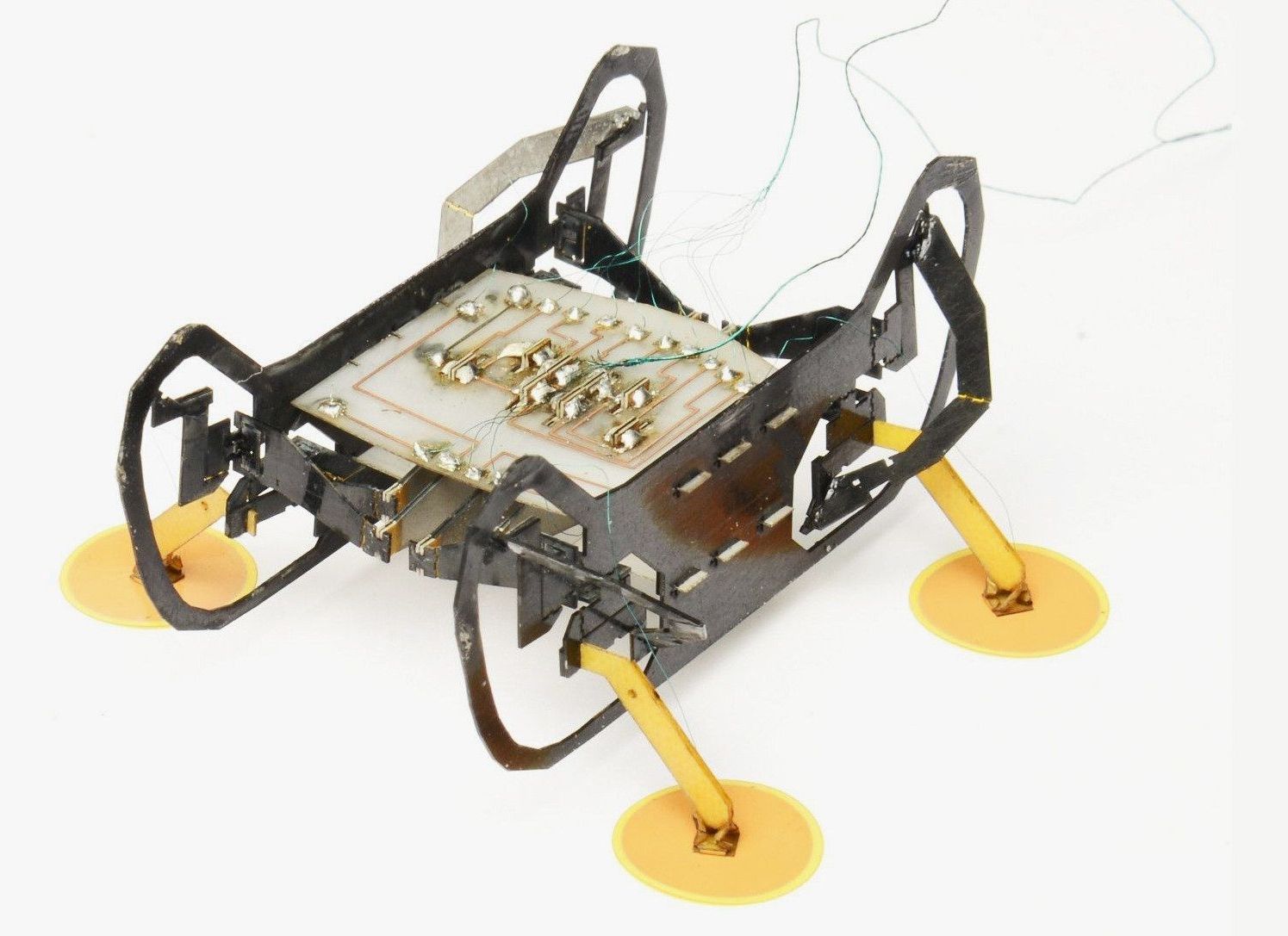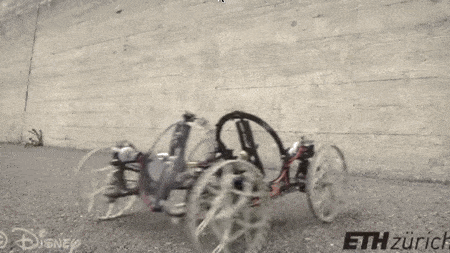Page 8590
Dec 19, 2018
A Bug-Like Robot Uses Electricity to Walk Upside Down
Posted by Genevieve Klien in categories: biological, robotics/AI
A bug’s life doesn’t seem half bad, if you can overlook the super-short lifespan or the threat of getting eaten by lizards or swatted at by humans. Flying is nice, as is being able to walk on ceilings. The versatility is enviable, which is why roboticists are on a quest to imbue machines with the power of the bug.
But to harness the powers of nature, roboticists are resorting to very un-biological means. The latest insect-inspired robot tackles the problem of walking upside down using not glue, or a material that mimics the pad of a gecko’s foot as past bot builders have done, but electricity. Specifically, electroadhesion.
You’ve read your last complimentary article this month. To read the full article, SUBSCRIBE NOW. If you’re already a subscriber, please sign in and and verify your subscription.
Continue reading “A Bug-Like Robot Uses Electricity to Walk Upside Down” »
Dec 19, 2018
Tiny Stars, Habitable Worlds: Planet Hunters Chase A Cosmic Connection
Posted by Bill Retherford in category: space
Dec 19, 2018
Diwata-2 captures first images of the Philippines
Posted by Michael Lance in category: space
CHECK THIS OUT: Diwata-2’s first images of the Philippines have been successfully captured and downloaded! While things have seemed quiet after Diwata-2’s launch into space last October 29, the team has been busy working on the initial tests and calibration of Diwata-2’s payloads. Stay tuned for more images and updates in the coming weeks! Read more about the first few images here: https://bit.ly/2E9oi6m #Diwata2 #D2nMe
Dec 19, 2018
Elon Musk unveils his test car tunnel as a fix for traffic in Los Angeles
Posted by Genevieve Klien in categories: Elon Musk, sustainability, transportation
The Loop system from his adjacent Boring Company startup, once up and running, would take vehicles underground on an elevator and then send them zipping along a track to their destination.
An earlier concept of public-transportation-like “skates” based on Tesla chassis was abandoned, apparently, in favor of regular Teslas with the enhanced wheels. Those who tried the tunnel described a very bumpy ride at less than optimum speeds.
Dec 19, 2018
Self-driving car drove me from California to New York, claims ex-Uber engineer
Posted by Shane Hinshaw in categories: robotics/AI, transportation
A car has completed the first autonomous coast-to-coast trip in the US. (via The Guardian)
Trip by Anthony Levandowski, controversial engineer involved in Uber-Waymo lawsuit, would be longest without human taking over.
Scientists from NASA Goddard have discovered that not only are Saturn’s rings younger than previously thought, but also that the rings are actually disappearing at a rapid pace through a process called “ring rain.”


















